Mount Terror might sound like a place to avoid. But this Antarctic volcano is not as terrifying as its name implies.
From a geological perspective, the mountain itself is relatively benign. Located on the eastern side of Ross Island, it is a shield volcano that consists of numerous pyroclastic cones and lava domes. However, the volcano is now extinct—meaning that scientists consider it unlikely to erupt again. The last known eruption occurred in the Pleistocene, the geological epoch that lasted from about 2,580,000 to 11,700 years ago. Additionally, the mountain’s youngest igneous rocks are almost 1 million years old. In contrast, the neighboring Mount Erebus—thought to be the southernmost active volcano in the world—contains a churning lava lake within its caldera.
Standing 3,262 meters (10,702 feet) above sea level, the scale of Mount Terror might be daunting to some people. The profile above depicts the mountain’s surface elevation along a path near its peak. Data for the elevation profile were acquired on June 17, 2021, with the Advanced Topographic Laser Altimeter System (ATLAS) on NASA’s Ice, Cloud, and land Elevation Satellite-2 (ICESat-2).
Notice that the left side of the profile (south of the island) is slightly higher than the right side (north of the island). This is because the Ross Ice Shelf stands higher above the sea surface than the sea ice. For reference, the satellite’s orbital path is laid over a natural-color image acquired on November 8, 2021, by the Operational Land Imager-2 (OLI-2) on Landsat 9.
Mount Terror is not tall enough to prevent people from climbing its peak and skiing its slopes. Even Mount Erebus, the taller of the two peaks at 3,794 meters (12,448 feet) above sea level, attracts a fair number of climbers. From afar, the island’s two tallest volcanoes provide a scenic backdrop for scientists working on the island’s southern tip at McMurdo Station and Scott Base.
Mount Terror’s name is unrelated to any of its physical attributes. Instead, it was named in 1841 by Sir James Clark Ross after his ship, the HMS Terror. Both the HMS Terror and HMS Erebus were part of numerous polar voyages, including three expeditions into Antarctic waters between 1840 and 1843.
NASA Earth Observatory images by Joshua Stevens, using Landsat data from the U.S. Geological Survey and ICESat-2 data from the National Snow & Ice Center.

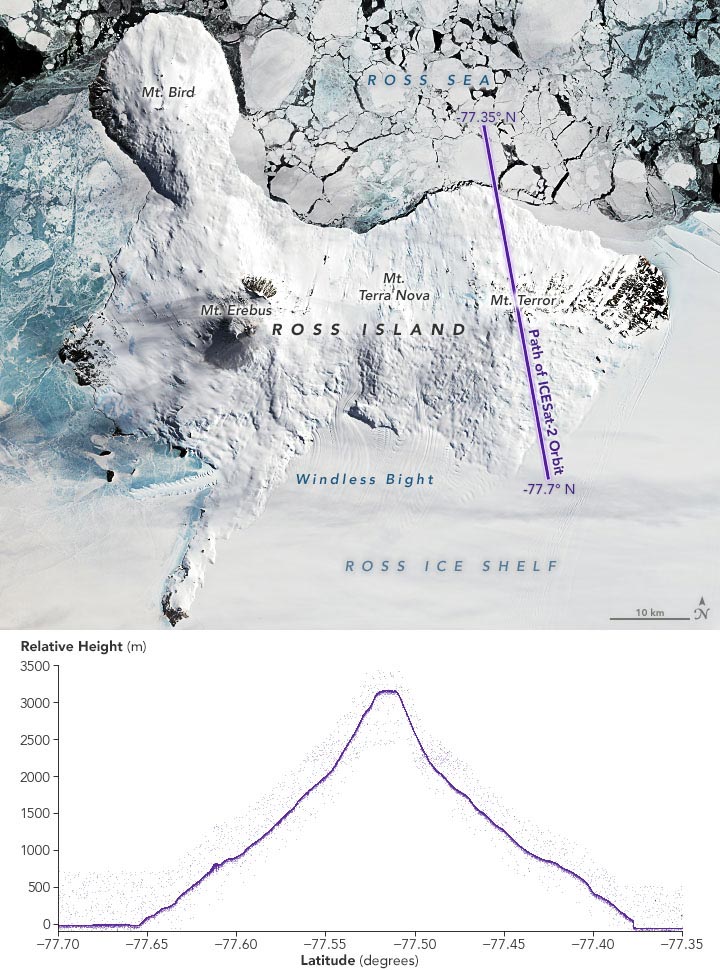
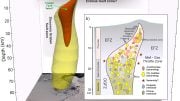


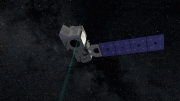

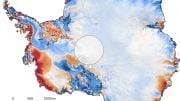
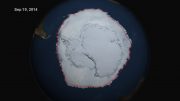
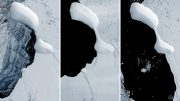
I had the opportunity to work at McMurdo and visit Scott Base. Terror is an impressive backdrop to Scott Base. And Mt Erebus almost always has a volcanic plume rising above it.